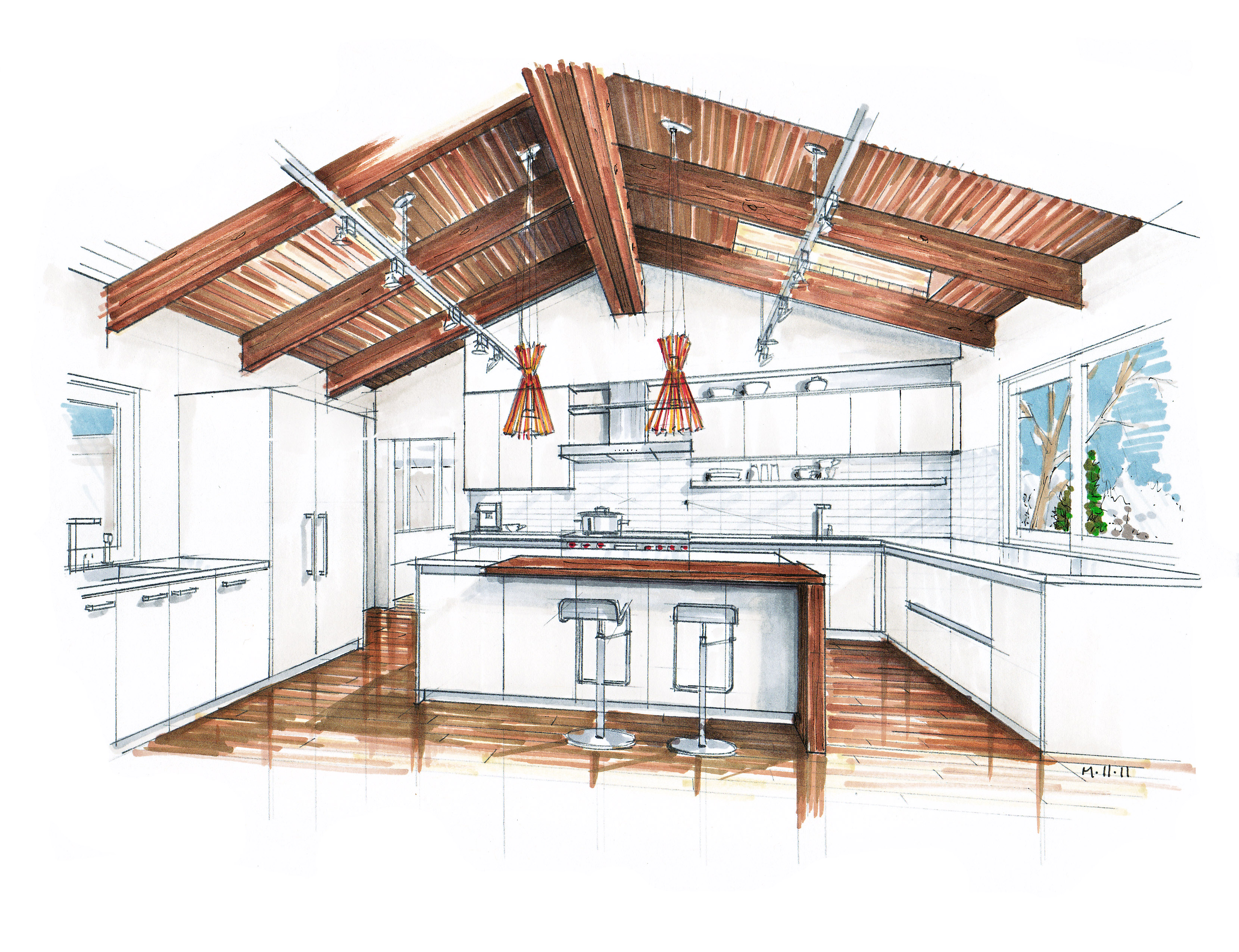I often struggle with maximizing the effects of color in the space I am working with. Here are some of the tips I got from reading an article which helps you add color to your space!
1. Use the 60-30-10 Rule
Perhaps it is the human tendency to see an overall theme in the 60% hue, unifying the coloration.
The 30% provides visual interest and the 10% provides that little spark.
2. Choose a Color Scheme
There are many color schemes out there and you can simplify the process by using the color wheel and narrowing down your choices. It is a great place to start!
3. Don't forget the Black
By adding a black element - you clarify and enhance all the other colors in the space!
4. Follow Nature's Lead
Try designing your interior space by replicating the color values of the outside world.
5. Pull From the Pattern
Choose your color scheme by looking at the colors in the largest pattern in the room.
6. Flow the Color
In order to create a flow of colors from one room to another, simply choose a color you're using in one room and restate it in a different way in an adjoining space.
7. Consider Contrast
A high contrast space appears clearer and more highly defined than a space that incorporates low contrast.
8. Get Emotional With Color
Use the emotional association of colors to their greatest effect in a space by deciding on what emotional impact you want the room to have.
9. Think about Local and Seasonal Color
Choose colors that reflect the area in which you live.
10. Live With Color Before You Buy
Get a sample and leave it in the room for a couple days and see what the color looks in the different kinds of lighting used in that space.


